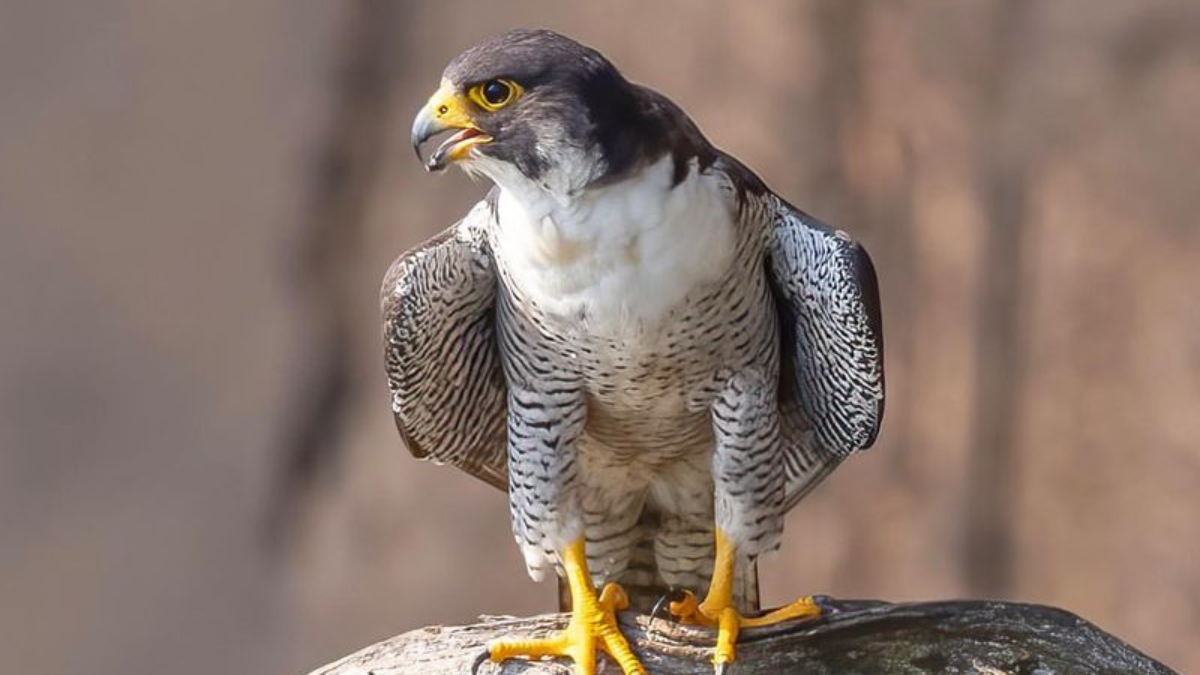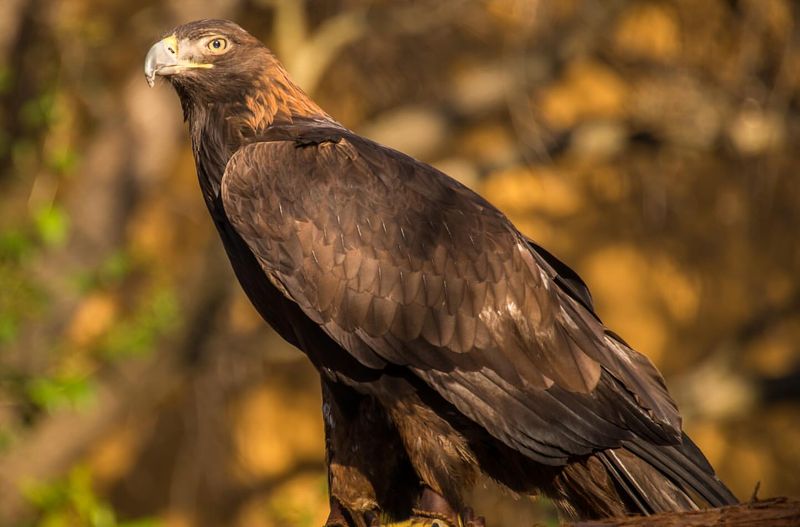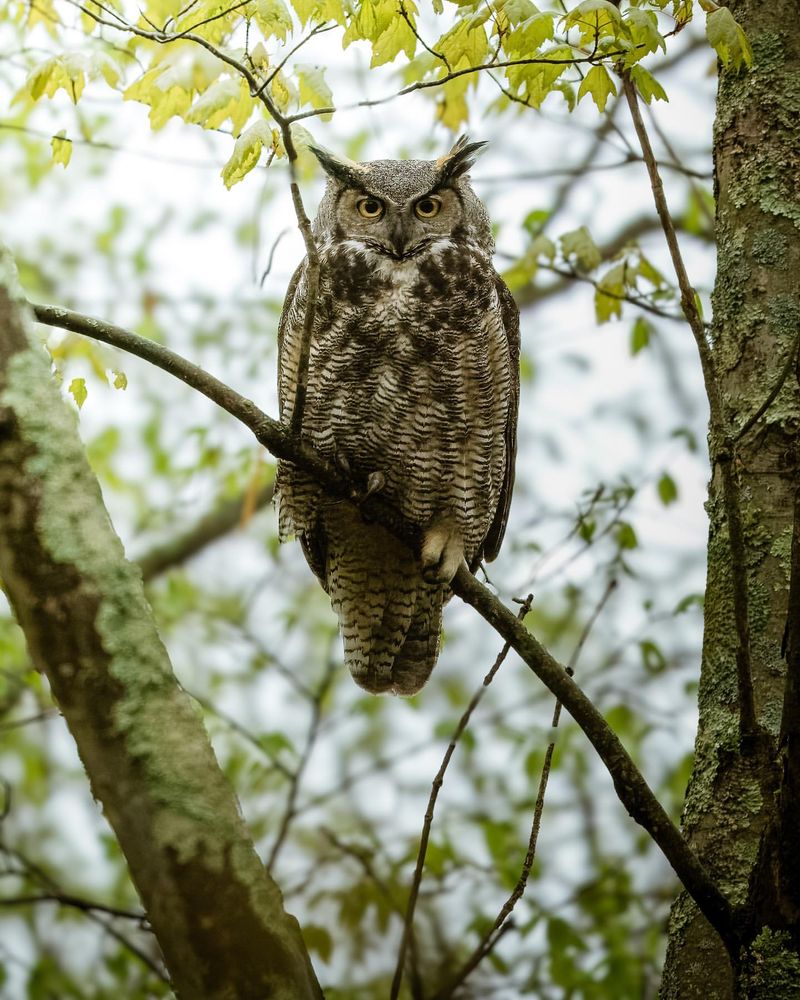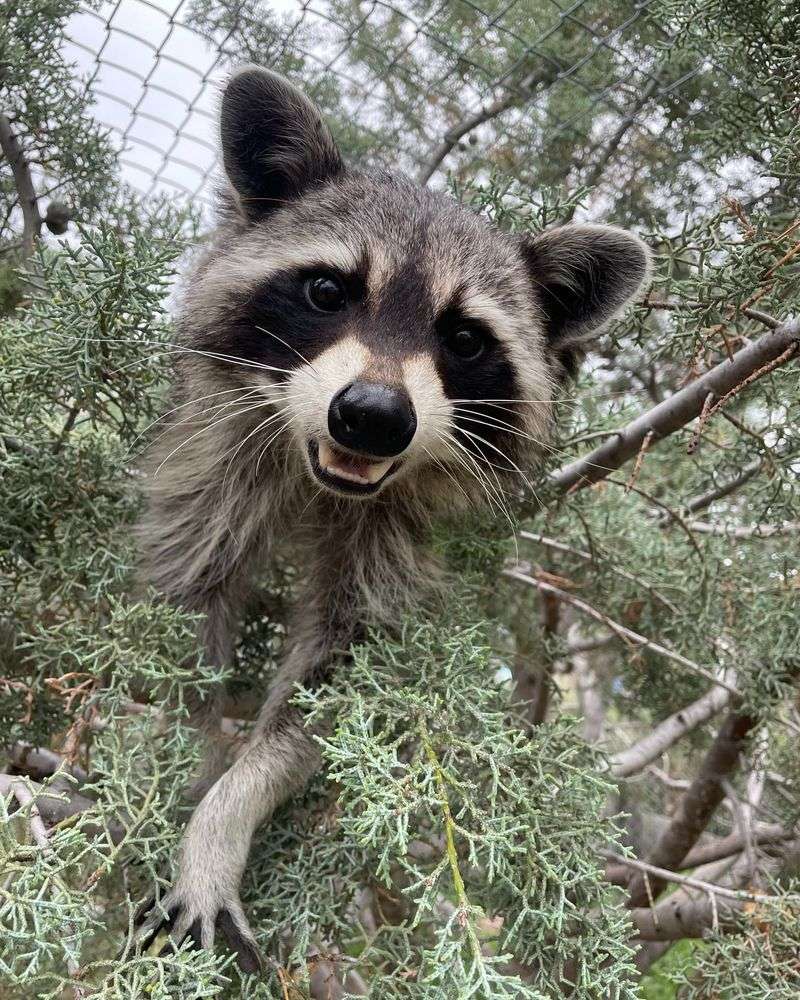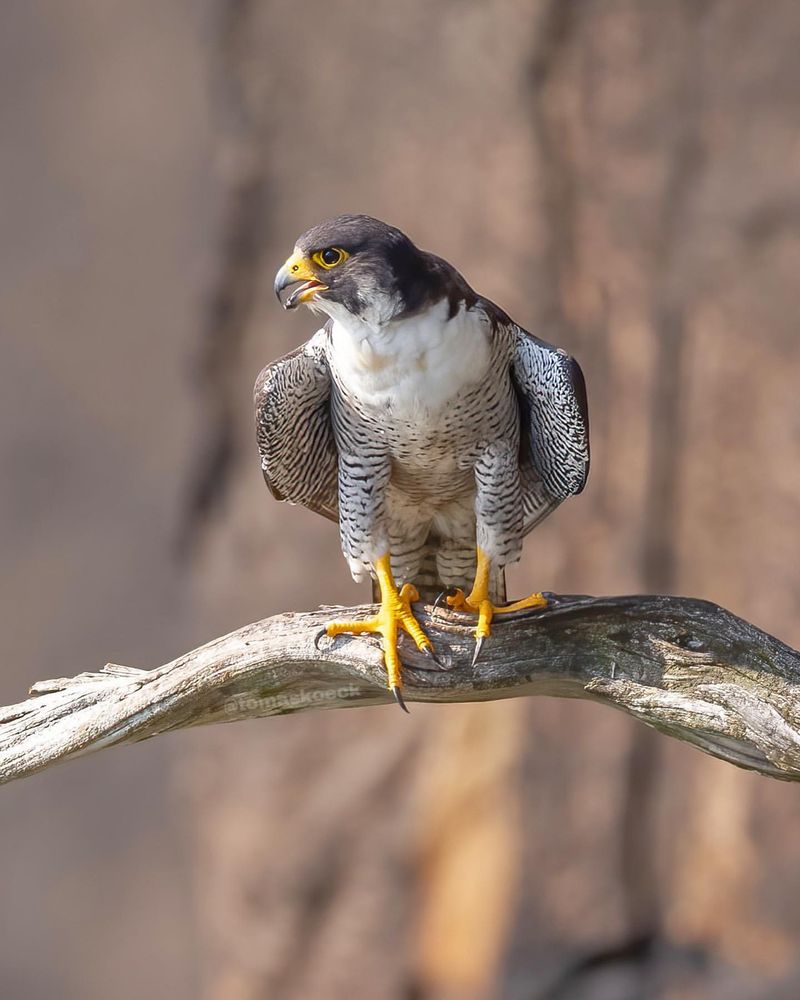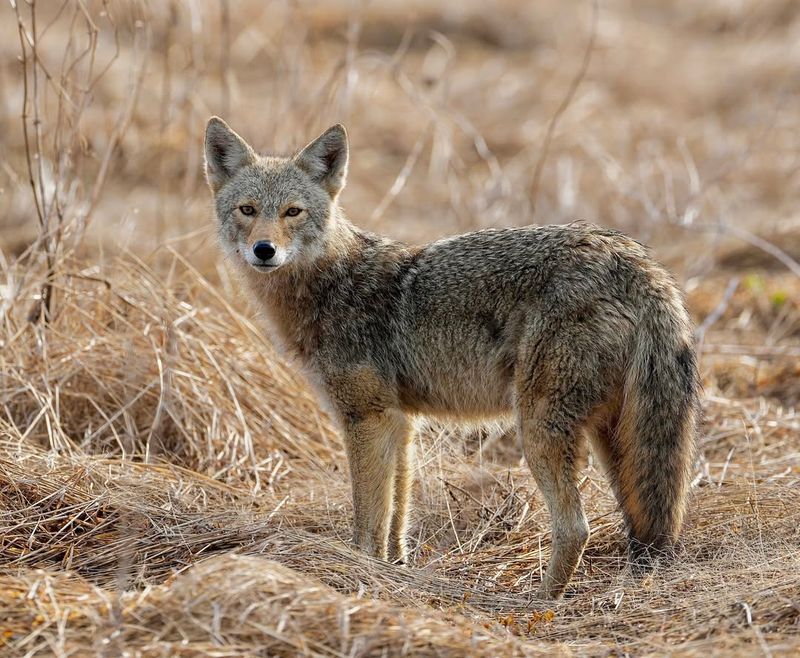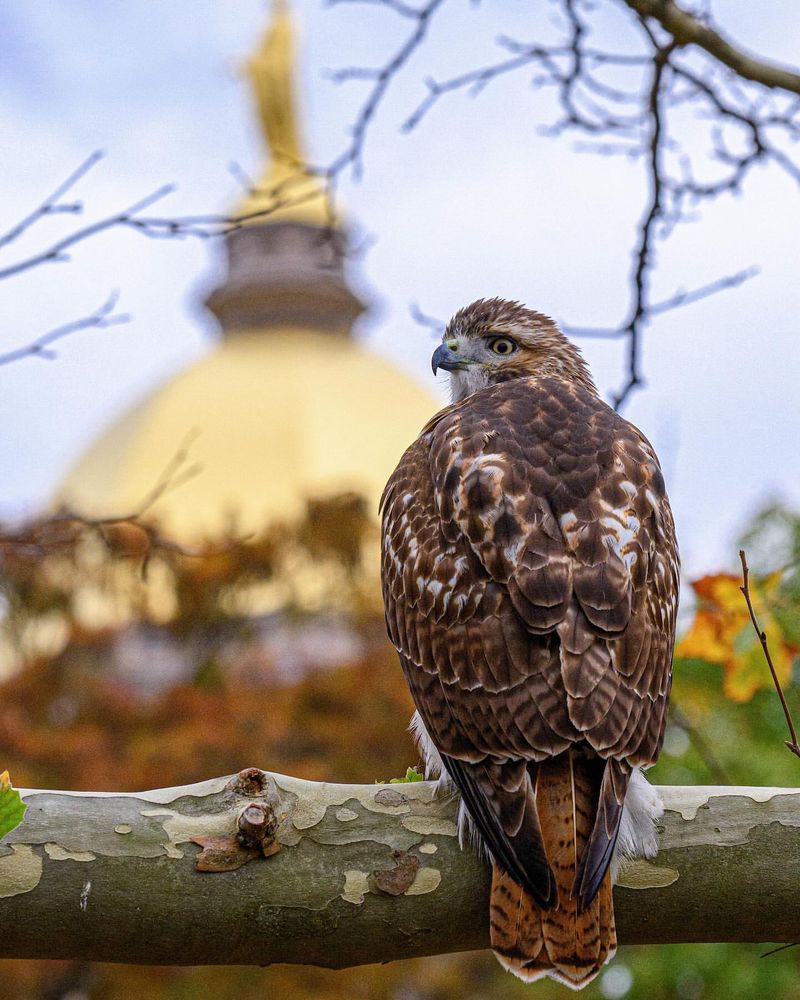📖 Table of Content:
Hawks are often admired as the rulers of the sky, with their sharp talons, piercing eyesight, and unparalleled hunting skills. As apex predators, they inspire awe and respect, effortlessly gliding above the earth in search of prey. Yet, in nature’s intricate web of life, even these formidable hunters face threats of their own.
There are creatures bold and cunning enough to turn the tables, proving that no predator is completely invincible. From stealthy ambushes to aerial duels, hawks encounter predators that challenge their dominance in unique and fascinating ways.
Some of these animals use brute strength, while others rely on stealth or strategy to outmaneuver these fierce birds of prey. These interactions highlight the delicate balance of ecosystems, where every creature plays its role in the grand drama of survival.
Let’s take a closer look at these hawk hunters and the intriguing dynamics of their strategies.
1. Golden Eagle
The golden eagle, a symbol of strength and majesty, is one of the few predators capable of challenging hawks in their own domain. With wingspans exceeding seven feet, these raptors dominate the skies with power and agility.
Golden eagles are known for their mid-air battles, where they use their size and speed to overpower hawks in dramatic confrontations. Often hunting in pairs, they display incredible teamwork by coordinating their attacks to maximize success.
Their aerial acrobatics and precision hunting techniques are a testament to their skill and intelligence. These bold and calculated tactics make them formidable predators, showcasing the strength and strategy needed to maintain dominance in the wild.
2. Great Horned Owl
This silent and stealthy hunter rivals hawks as a top predator, especially under the cover of darkness. Known for their near-silent flight, these nocturnal raptors can take even the most vigilant hawk by surprise.
Their powerful talons deliver crushing force, capable of subduing prey in an instant. Using stealth and patience, the great horned owl targets young or unsuspecting hawks, asserting its dominance in the food chain. Their adaptability allows them to thrive in forests and woodlands, where they can easily find and exploit opportunities.
These owls remind us of the importance of strategy and adaptability in survival, as their nighttime prowess exemplifies nature’s balance between strength and stealth.
3. Raccoon
Raccoons, often perceived as scavengers, reveal a surprising predatory side when it comes to hawks. Opportunistic and clever, they target hawk eggs and nestlings, exploiting moments of vulnerability.
Their nocturnal habits grant them access to nests under the cover of darkness, bypassing the hawk’s usual defenses. This adaptability showcases their resourcefulness, as raccoons constantly find innovative ways to survive in both wild and urban environments.
Their predation serves as a reminder that even apex predators like hawks can be vulnerable during specific stages of life.
4. Peregrine Falcon
Renowned as the fastest bird on the planet, this predator can outmaneuver hawks in thrilling aerial confrontations.
Reaching speeds of over 240 mph during its hunting stoop, this falcon’s agility and precision are unmatched. Their sharp eyesight and strategic hunting techniques ensure they maintain dominance in the air.
These falcons inhabit a variety of environments, from towering cliffs to urban skyscrapers, adapting seamlessly to different landscapes. Their unparalleled hunting efficiency underscores the dynamic and competitive nature of avian predators.
5. Coyote
Coyotes, known for their cunning and adaptability, occasionally prey on young or injured hawks. These opportunistic predators take advantage of vulnerabilities, using their intelligence and persistence to catch prey.
When hunting in packs, coyotes employ teamwork to distract and outmaneuver hawks, highlighting their strategic prowess. Their keen senses and ability to adapt to various terrains make them a significant threat to many species, including hawks.
These interactions with hawks demonstrate the interconnectedness of ecosystems and the importance of adaptability in survival.
6. Red-Tailed Hawk
Interestingly, hawks themselves can be predators of other hawk species, with the red-tailed hawk standing out as a prime example. Known for their territorial nature, red-tailed hawks will fiercely defend their domain, even against smaller hawks.
In clashes with other raptors, their superior strength and determination often prevail. These encounters illustrate the competitive instincts inherent in these majestic birds and their role in maintaining the balance of power in the avian world.
Red-tailed hawks are highly adaptable, thriving in diverse habitats ranging from dense forests to open fields. Their dominance over smaller hawks highlights the complexity of interactions within bird species and their role in shaping ecosystems.
